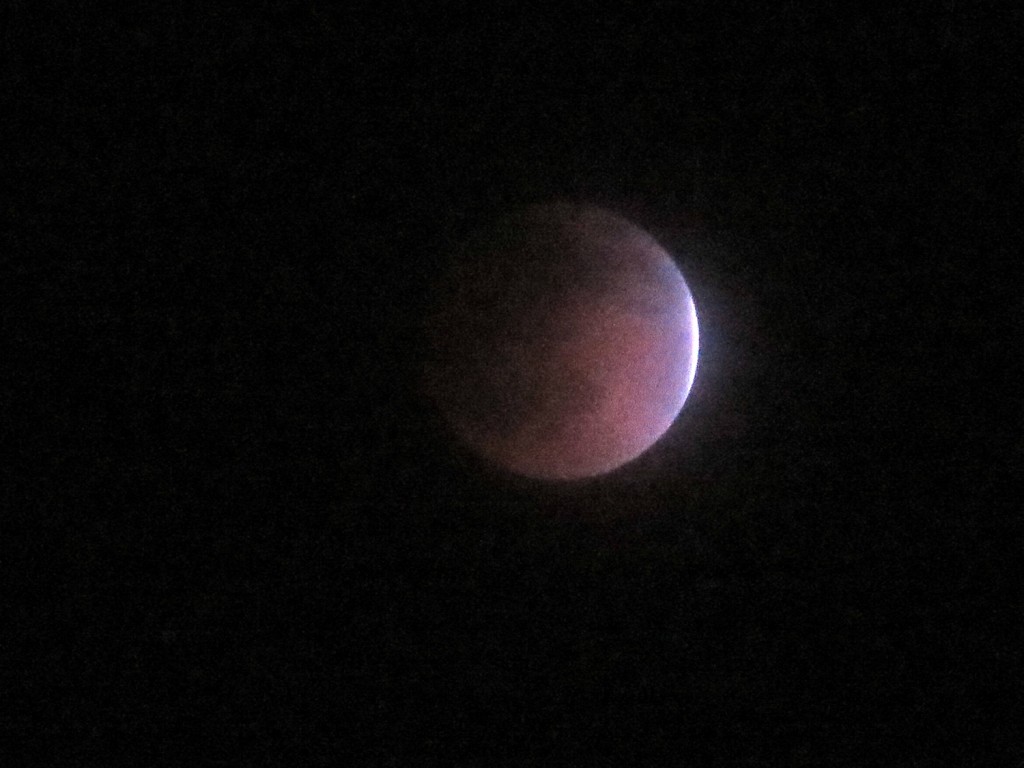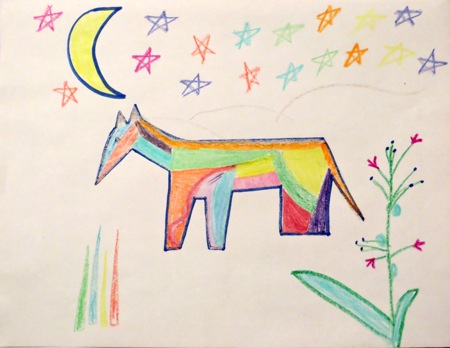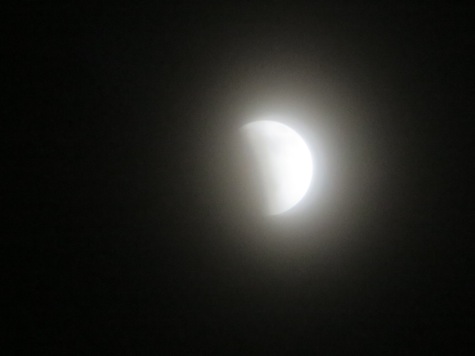Recently, I’ve been going through some spiritual turmoil. Now hearing about other people’s spiritual turmoil can be boring. Nevertheless, spiritual turmoil is a common enough problem that I think it’s worth spending some time thinking through what spiritual turmoil is, and what one does about it.
First of all, I think it’s very important to remember that spiritual turmoil is not pathological; it is uncomfortable, but it is not an illness. Our society shies away from discomfort; our default setting (especially amongst the middle class and upper middle class) is to try to buy our way out of discomfort; we might try to find a convenient pill or medication that will remove our discomfort, or go shopping or take a vacation to cover up the discomfort in the undeniable pleasure of buying new possessions or buying new experiences.
But spiritual turmoil is not an illness; it is not pathological. In my own experience, and in talking with others about their experiences, spiritual turmoil results when you can no longer adequately answer one of the big spiritual questions. The big spiritual questions include: Who am I? What ought I do? What is the ultimate nature of reality? What is the final destination of human beings? (These days, I’d add the question: How should we raise the children? — it is important enough to stand on its own, I now think, and not be lumped in with the question What ought I do?) Most of the time, most of us have come up with answers to these questions that serve us well. Continue reading “Turmoil”





